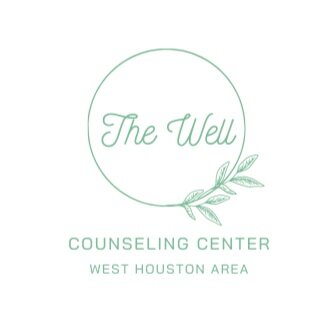Nurturing Relationships
by Loving Well
We are wired for connection, so why is it that we so often feel disconnected from those around us? Even in our closest relationships, we can miss the mark and be left feeling confused, hurt, and lonely. Loving well is an active process that flourishes with intention and care. Whether you are seeking a deeper connection with a romantic partner or family member, various frameworks and research provide wisdom for nurturing relationships by loving well.
Recognize Bids for Connection
We have all heard the saying, “Actions speak louder than words.” When it comes to relationships, unspoken needs are often communicated through actions that Dr. Karyn Purvis calls bids for connection. Bids for connection are cues, or invitations, that we use to seek attention, affection, and affirmation from loved ones. A partner reaching for your hand, a family member inviting you to watch their favorite movie, or a child’s request to play can all be bids for connection. Understanding and responding to these bids builds safety and trust in relationships- a sense of being seen. Loving Well requires us to slow down, view behavior through the lens of connection needs, and respond with the connection they are seeking.
Practice Being Accessible, Responsive, and Engaged
So, how do we respond to bids for connection? Emotionally Focused Therapy (EFT) highlights the significance of being accessible, responsive, and engaged in our interactions with loved ones.
In the face of many day-to-day distractions, being accessible simply means that we are approachable and ready to connect to our loved ones. Whether it is an important conversation or sharing a silly story, being accessible affirms relational safety. Accessibility is about more than just being in the same room, it is about being seen.
Responsiveness involves listening without defensiveness, assumption, or criticism. Am I making any assumptions about their intentions? What are they truly trying to communicate? Does my loved one need advice, encouragement, or just a listening ear? Responsiveness, not reactivity, is an opportunity for our loved one to feel heard.
Being engaged is about staying fully present in the moment. Being engaged requires managing your own emotions and triggers, and refraining from pulling away from your loved one. Engagement is being involved in the conversation or activity in a way that expresses, “You matter to me.”
Repair Ruptures
Even the most loving relationships will not be without conflict or disconnection. So, what happens when you or a loved one fails to be accessible, responsive, or engaged? When your relationship experiences a rupture, follow up with repair. According to the TBRI framework, repairs are intentional moments of connection after a rupture- a conversation, a physical embrace, or even a moment of laughter and play. These moments allow for accountability and restore (or even strengthen!) the trust and safety that has been disrupted. The message behind an effective repair is, “Our relationship is not harmed. I am here and I love you.”
Set and Respect Boundaries
Boundaries are the limits and rules that we define as acceptable behaviors within our relationships. Boundaries are based on personal needs, preferences, and values. There are many types of boundaries that may need to be communicated within a relationship. For instance, physical boundaries might involve respecting personal space and preferences regarding physical touch. Emotional boundaries may include not discussing certain topics or defining what constitutes respectful communication. Time boundaries may revolve around setting limits on commitments to extended family, friends, or work.
A lack of boundaries within a relationship heightens the possibility of confusion and often leads to misunderstandings, conflicts, and resentment. Rather than seeking to dictate or enforce boundaries onto others, focus on communicating your own needs and boundaries clearly and respectfully. Likewise, honor and validate the boundaries set by loved ones. In doing so, both autonomy and healthy connection are maintained. Regular check-ins and adjustments can further reinforce boundaries, ensuring they remain aligned with the evolving needs and values of all.
Create Shared Meaning
Finally, drawing from John Gottman's research on the importance of shared meaning in relationships, loving well involves creating a sense of shared purpose, values, and goals with our loved ones. Shared meaning goes beyond compatibility or interests, it encompasses a deeper sense of connection and purpose that binds us together.
Whether it's through shared rituals, traditions, or shared aspirations for the future, creating shared meaning fosters a sense of belonging and fulfillment in relationships. It's about cultivating a shared narrative that celebrates our unique identities while also weaving them together into a cohesive and meaningful tapestry of connection.
Loving well is an ongoing practice of intentionality and mutual care. By recognizing and responding to bids for connection, practicing emotional responsiveness and accessibility, repairing ruptures, setting and respecting boundaries, and creating shared meaning, we nurture fulfilling relationships that enrich our lives with the connection we are wired for.
Written by: Brittany Fitzerald, LMFT-A

